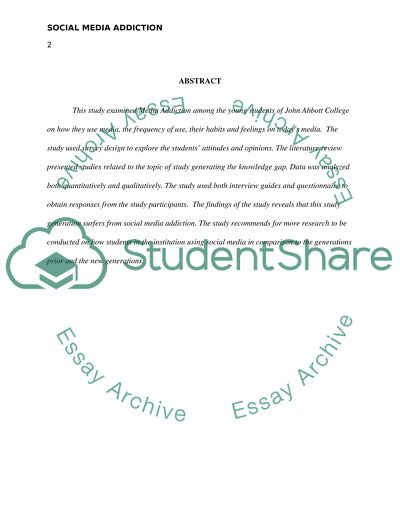Cite this document
(“Social Media Addiction Research Paper Example | Topics and Well Written Essays - 2250 words”, n.d.)
Retrieved de https://studentshare.org/sociology/1397502-media-addiction
Retrieved de https://studentshare.org/sociology/1397502-media-addiction
(Social Media Addiction Research Paper Example | Topics and Well Written Essays - 2250 Words)
https://studentshare.org/sociology/1397502-media-addiction.
https://studentshare.org/sociology/1397502-media-addiction.
“Social Media Addiction Research Paper Example | Topics and Well Written Essays - 2250 Words”, n.d. https://studentshare.org/sociology/1397502-media-addiction.


